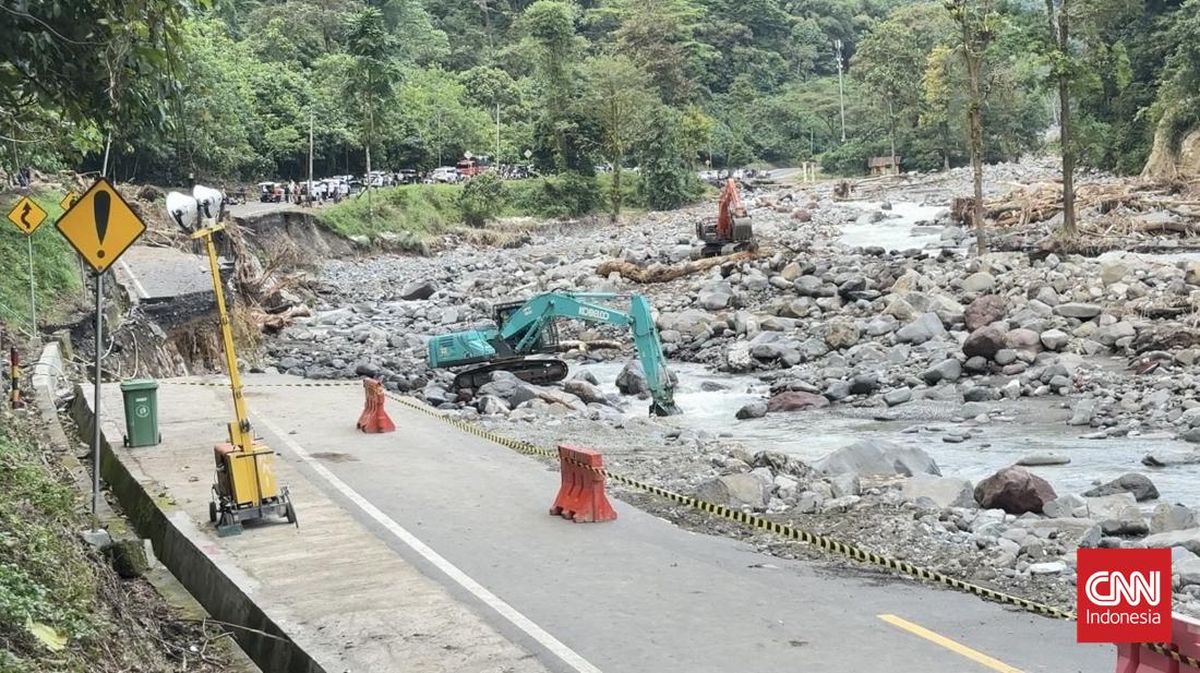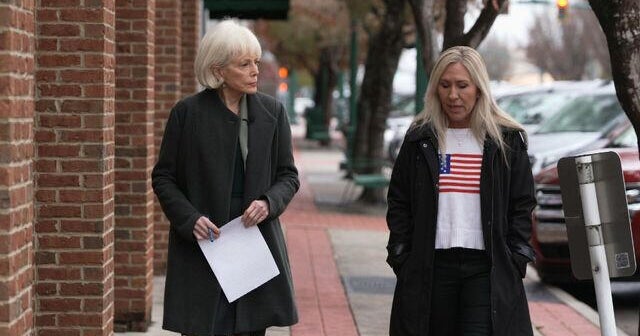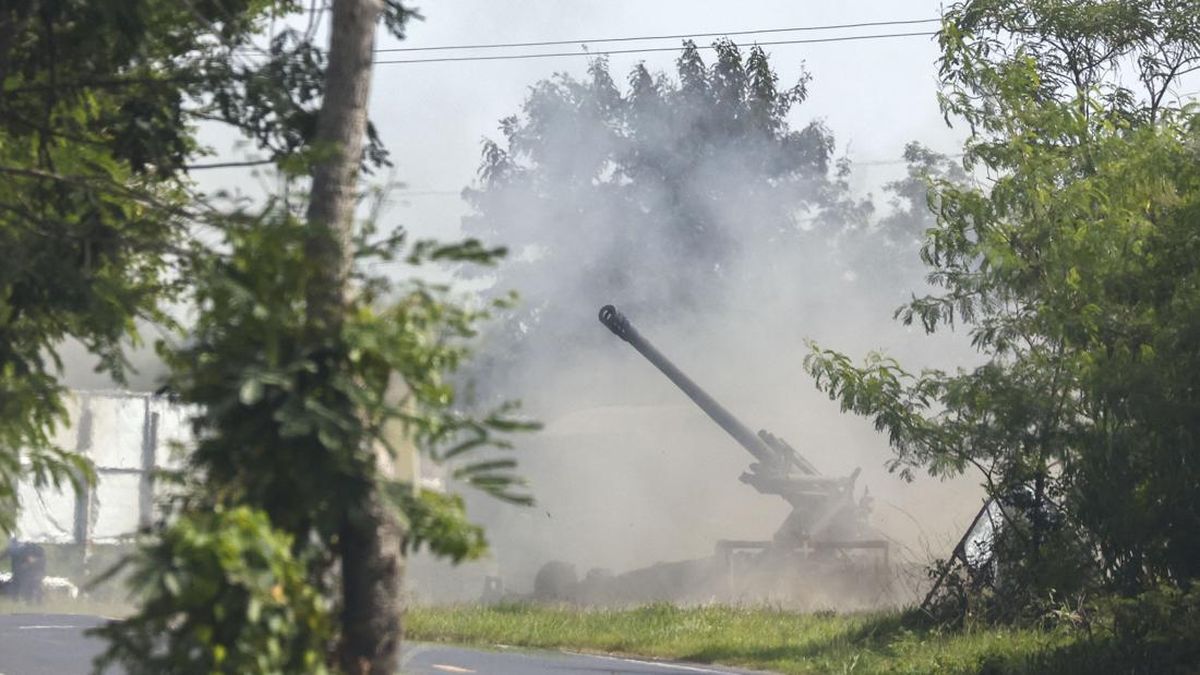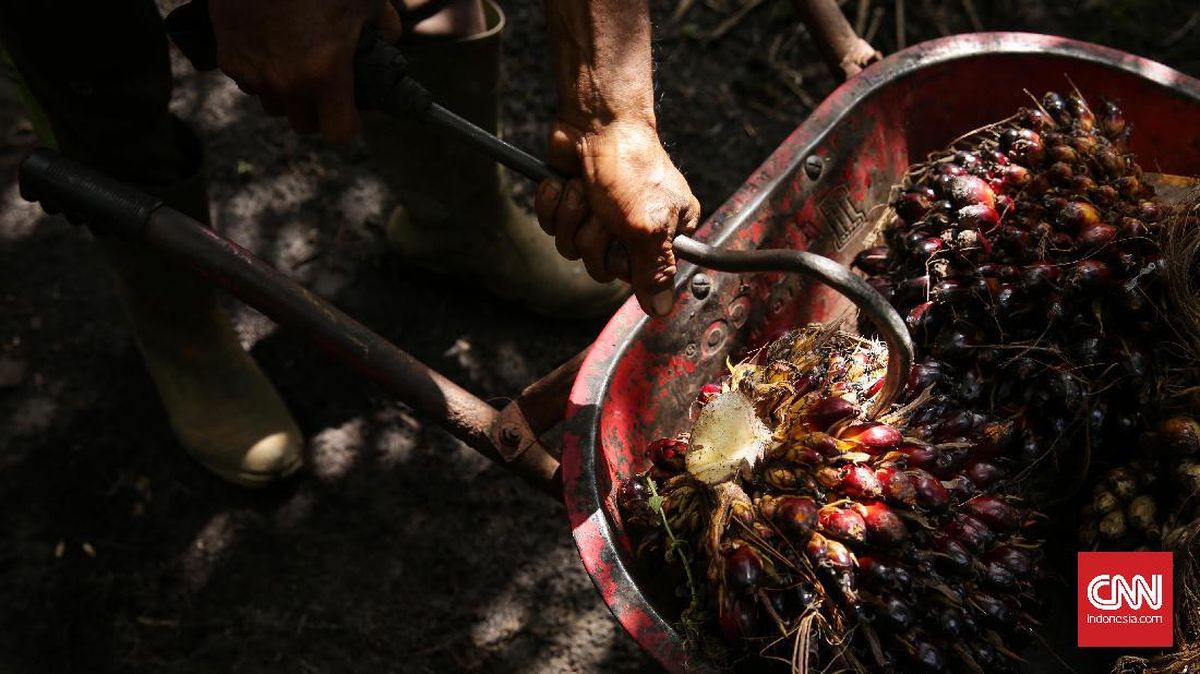November 5, 2025 — 5:00am
It’s just after 10am, but my stomach is growling. From across the square, the mouth-watering smell of wood-fired dough is wafting through the air. Somewhere, someone is preparing tarte flambee (aka Alsatian pizza), the classic Strasbourgeois dish of a crisp thin-crust base smothered in creme fraiche or gruyere cheese, onions and bacon that’s part French, part German, part uniquely Alsatian. I’m finding it hard not to be distracted, but our tour guide, Cindy, has the cure.
“Right here,” she says, pointing gleefully to the pretty canal outside a boutique hotel where well-dressed travellers are drinking coffee in the shade, “this is where the city’s tanneries were located, and they emptied their waste straight into the water. The butchers did the same. It was vile, smelly and filthy.” The mere mention of it takes me back to a recent visit to Fes, Morocco, where the stench of rotting flesh in the medina’s famous tanneries was overwhelming. Suddenly, a cheesy pizza doesn’t seem so appealing.
A born-and-bred local, Cindy is keen to give us an alternative version of her city. One that isn’t full of chocolate box houses, pretty cobbled streets and picturesque canals. It’s day three of my Scenic Romantic Rhine and Moselle cruise, and with a full day in the city, I’ve picked a morning walking tour of Strasbourg as a starting point for exploration. And, like almost all the excursions I’ll experience on this tour, our guide is impressive – engaging, well-informed and a born storyteller.
Through Cindy’s stories, the city’s history comes vividly to life. I soon have an image in my head of the historic centre as a plague-infested, crime-rife, pestilent and crowded place, where locals built two or three-level houses to get away from the stink of the streets. Even the name “Little France”, which I had guessed was a tribute to the city’s architecture and culture, has a darker story: a nickname bestowed by 19th-century German administrators in reference to the hospice where those “degenerate, syphilitic French” would go to be treated for the disease. Now La petite France is one of the city’s most expensive areas, its squares shaded by trees, the old buildings now home to restaurants and chic hotels.
Stopping briefly to admire the canal boats as they glide under a bridge, Cindy leads us away from Little France to other social movements and centuries – the Reformation, revolution, empires and world wars. We catch glimpses of the spectacular Our Lady of Strasbourg Cathedral spires wherever we go. Still the tallest building in the old city, it was once the tallest in France. Surrounding the cathedral, a former bishop’s palace – now a museum – is a symbol of the strategic importance of this city on the Rhine – a centre of trade and defence since the Romans set up camp in centuries BC.
That crucial river location made Strasbourg a centre for conflict for centuries. More recently, between 1870 and 1945, ownership of the Alsace region flipped between France and Germany four times. After regaining Strasbourg following World War 1, the French were forced to cede it back to Germany after their military defeat in 1940.
The legacy of the battle for control of this region is a city with many personalities.
For visitors, it means a rich culture informed by its French and German histories, culture and cuisine. On the surface that sounds like a good thing, but the reality of changing allegiances and rulers was often traumatic. “Overnight your language was forbidden, or you’d become an object of suspicion just because of your name,” says Cindy. Now, following 80 years of peace, locals can joke a little about the history. “We kept the best of both sides: German sausages and French pastries.”
As Cindy describes the impact of conflict, we reach Strasbourg’s central square, named after the revolutionary general Jean-Baptiste Kléber. The centre of the city’s renowned Christmas markets, it is also the place where nobles were guillotined during the French revolution and partisans murdered in World War II.
As we near the end of our tour, Cindy brings us to the town hall, explaining that the French national anthem was written here, commissioned and performed by the city’s mayor in 1792. Cindy pauses for a moment, then begins singing La Marseillaise. Note-perfect and clear as a bell, it’s an unexpected, and intensely moving moment in a tour that’s been full of surprises.
THE DETAILS
VISIT
The Strasbourg walking tour is an excursion on Scenic’s Romantic Rhine and Moselle river cruise and a useful introduction to the city. On your own time, consider a boat tour of the canal, climbing the cathedral for a bird’s-eye view of the city, exploring the regional cuisine or visiting the city’s many museums. See visitstrasbourg.fr
CRUISE
Scenic’s Romantic Rhine and Moselle 15-day river cruise sails both ways between Basel, Switzerland, and Amsterdam, the Netherlands, and includes visits to wineries, castles and the battlefields of World Wars I and II at Ypres and Passchendaele. From $7995 a person. See scenic.com.au
FLY
Qatar flies to Doha from Australia and then direct to Zurich (with train connections to Basel) and Amsterdam. See qatarairways.com
The writer travelled as a guest of Scenic.
Sign up for the Traveller Deals newsletter
Get exclusive travel deals delivered straight to your inbox. Sign up now.



















































